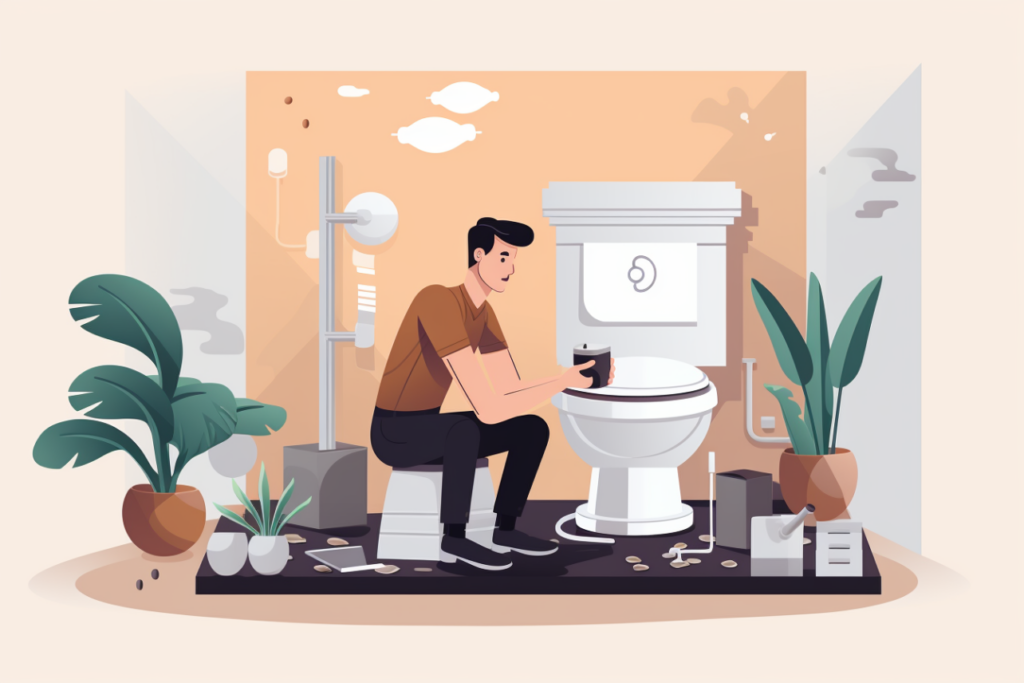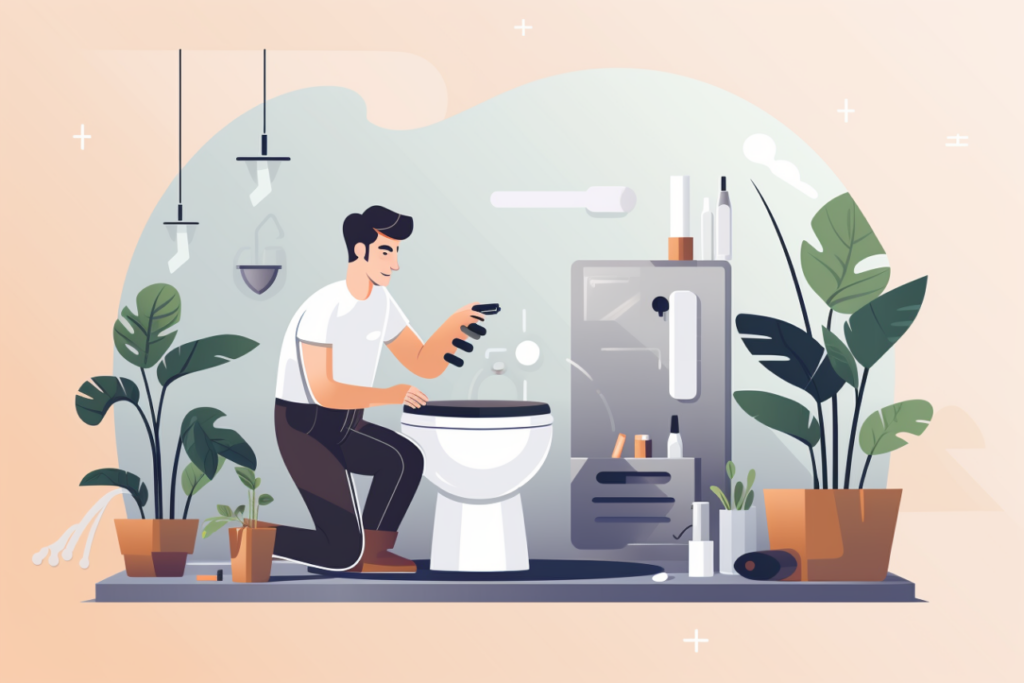Have you ever faced the annoying issue of a running toilet that never seems to cease? Don’t worry, you’re not alone. The constant sound of water trickling in the background while you helplessly watch your water bill rise can be extremely frustrating. However, fear not, as we are here to empower you with the knowledge and confidence to tackle this pesky problem head-on. We will provide detailed explanations and step-by-step instructions on how to fix a running toilet like a seasoned plumbing pro. Let’s banish that incessant running water and get your toilet back to fully functional in no time!
Understanding a Running Toilet
Before delving into the nitty-gritty of fixing a running toilet, let’s first grasp the concept behind it. A running toilet refers to a situation where the tank does not stop filling up, and water continuously flows into the bowl. Various factors, including a faulty flapper, a damaged fill valve, or an imbalanced float valve can cause this. Understanding these components will enable us to diagnose and rectify the issue effectively.
Step-by-Step Guide to Fix a Running Toilet

Below is a step-by-step guide to fixing a running toilet and not having to worry about the continuous nuisance.
1. Diagnose the Problem:
Begin by removing the toilet tank lid and observe the inner workings of the toilet. Listen carefully to determine the source of the running water. Identify which component or mechanism is malfunctioning.
2. Check the Flapper:
The flapper is the rubber valve which controls water flow from the tank to the bowl. Often, a running toilet can be attributed to a defective or misaligned flapper. Inspect the flapper carefully for any signs of wear and tear, cracks, or misalignment. If found faulty, replace the flapper to restore normal functionality.
3. Examine the Fill Valve:
The fill valve regulates water levels in the toilet tank. A damaged or malfunctioning fill valve can cause water to continuously flow into the tank, resulting in a running toilet. Check the fill valve for signs of leakage, corrosion, or reduced performance. Replace or repair the fill valve if necessary.
4. Adjust the Float Valve:
The float valve, typically attached to the fill valve, determines the water level in the tank. Sometimes, an unbalanced float valve can cause the toilet to run continuously. Adjust the float valve to ensure it sits at the correct level, allowing the tank to fill properly without causing overflow or running water.
5. Clean or Replace the Overflow Tube:
The overflow tube prevents the toilet tank from flooding if the water level rises too high. Calcium deposits and other debris can accumulate inside the overflow tube, impeding its function. Thoroughly clean or replace the overflow tube to eliminate any blockages that may contribute to a running toilet.
6. Address Other Possible Culprits:
If the above steps fail to resolve the issue, consider other potential causes, such as a faulty flush valve, a broken chain, or an imbalanced water pressure system. Address these issues accordingly or seek professional assistance if needed.
Running Toilet FAQs
Here are some frequently asked questions (FAQs) about running toilets:
What Causes a Running Toilet?
A few causes include:
- A faulty flapper seal
- A broken fill valve
- Problems with the flush valve assembly
- Misaligned or broken lift chain
What Tools Do I Need to Fix a Running Toilet?
Basic tools you might need include:
- Adjustable wrench
- Screwdriver
- Plunger
- Replacement parts (flapper, fill valve, etc.)
How Much Water is Wasted by a Running Toilet?
A running toilet can waste up to 200 gallons of water daily, depending on the severity of the leak.
Can I Fix a Running Toilet Myself, or Do I Need a Plumber?
Many issues with running toilets can be fixed with DIY solutions. However, if you’ve tried fixing it yourself without success or if the problem recurs frequently, it may be best to consult a professional plumber.
How Much Does It Cost to Fix a Running Toilet?
The cost can vary widely depending on whether you fix it yourself or hire a plumber and on what parts need to be replaced. DIY costs can be as low as $5-$20 for parts, while hiring a plumber can range from $100 to $200 or more.
How Do I Know If the Issue Is Fixed?
After making adjustments or replacements, perform a dye test by dropping a few drops of food coloring into the tank. Wait 15-30 minutes without flushing. If the color seeps into the bowl, the issue is not fixed.
Is a Running Toilet an Emergency?
While not typically considered an emergency, a running toilet should be addressed promptly to conserve water and reduce utility costs.
How Do I Prevent Future Toilet Runs?
Regular maintenance, including checking the flapper, fill valve, and overall flush mechanism, can help prevent future issues. Some people opt for water-efficient toilets to both save water and reduce the likelihood of running toilets.
By following our detailed step-by-step guide, you’ll become well-equipped to fix a running toilet without needing costly repairs or professional help. Understanding the inner workings of your toilet and the specific components involved will not only save you money but also empower you with the confidence to tackle other plumbing issues that may arise. Remember, a running toilet need not be a perpetual annoyance; you have the power to take control and restore your bathroom’s peace and tranquility.
You might also be interested in: How to Wire an Outlet for the First Time in 7 Steps




